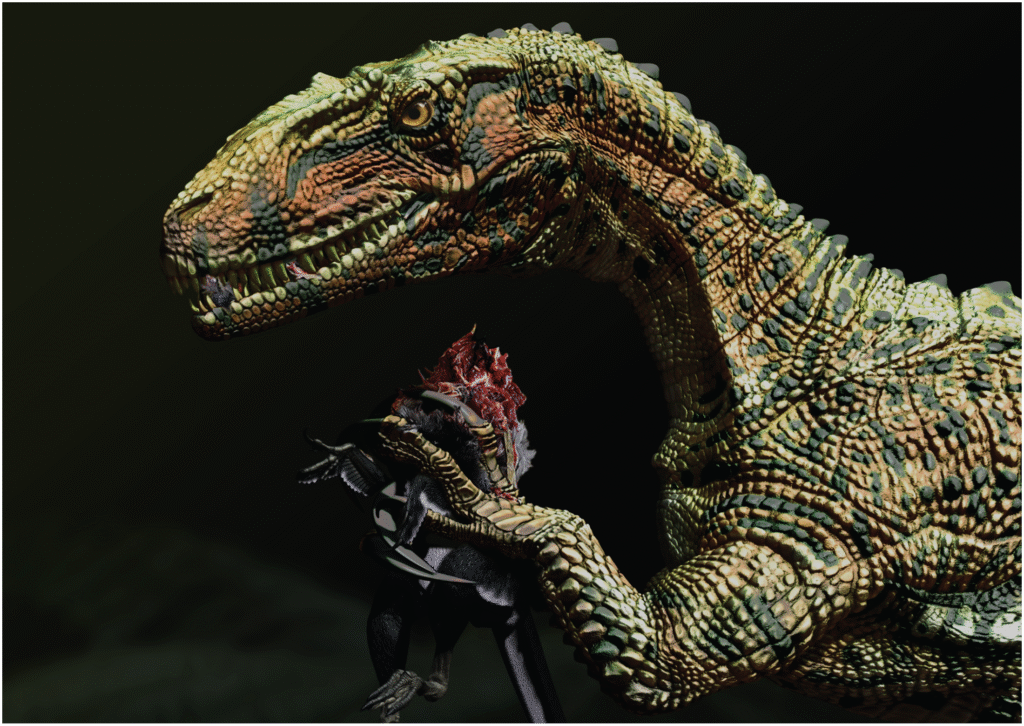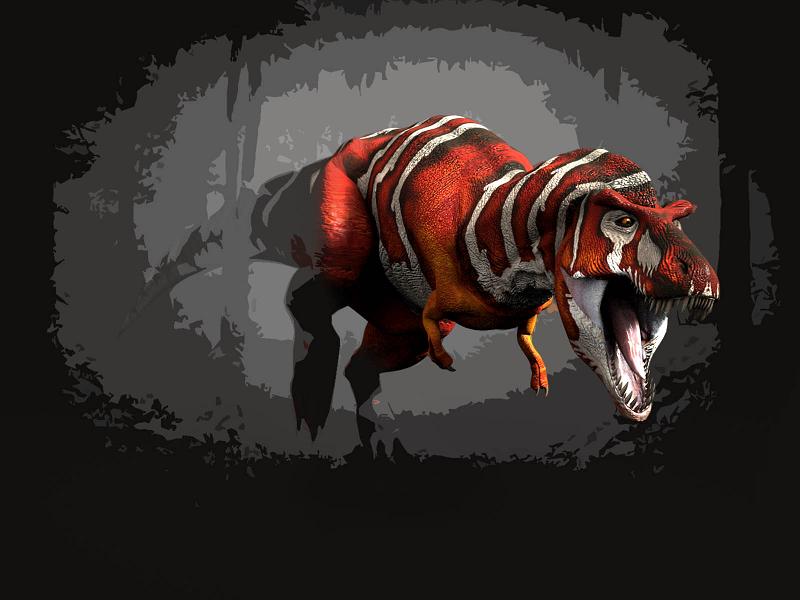Deep within the Earth’s strata lie some of the most compelling evidence for evolution—transitional fossils. These remarkable specimens document crucial evolutionary moments when one group of organisms was evolving into another, providing us with snapshots of life’s incredible journey across time. Transitional fossils bridge morphological gaps between major groups of organisms, offering scientists invaluable insights into how species have transformed over millions of years. They stand as physical testimony to evolution’s gradual processes, challenging misconceptions about the fossil record and strengthening our understanding of how life diversifies. In this article, we’ll explore what transitional fossils are, examine famous examples, and understand why they matter so profoundly to our scientific understanding of life’s history.
Defining Transitional Fossils

Transitional fossils represent organisms that display characteristics of two different taxonomic groups, essentially showing intermediate evolutionary stages between ancestral and descendant forms. Contrary to common misconceptions, these fossils don’t necessarily represent direct ancestors of modern species but rather demonstrate the mosaic pattern of evolutionary change. They possess a combination of primitive traits from their ancestors and derived traits that would become standard in their descendants. The concept was first popularized by Charles Darwin, who predicted their existence before many significant examples had been discovered. Importantly, transitional fossils don’t show half-formed or incomplete features, but rather fully functional anatomical structures that were later modified for different functions through natural selection and adaptation.
The Misconception of “Missing Links”
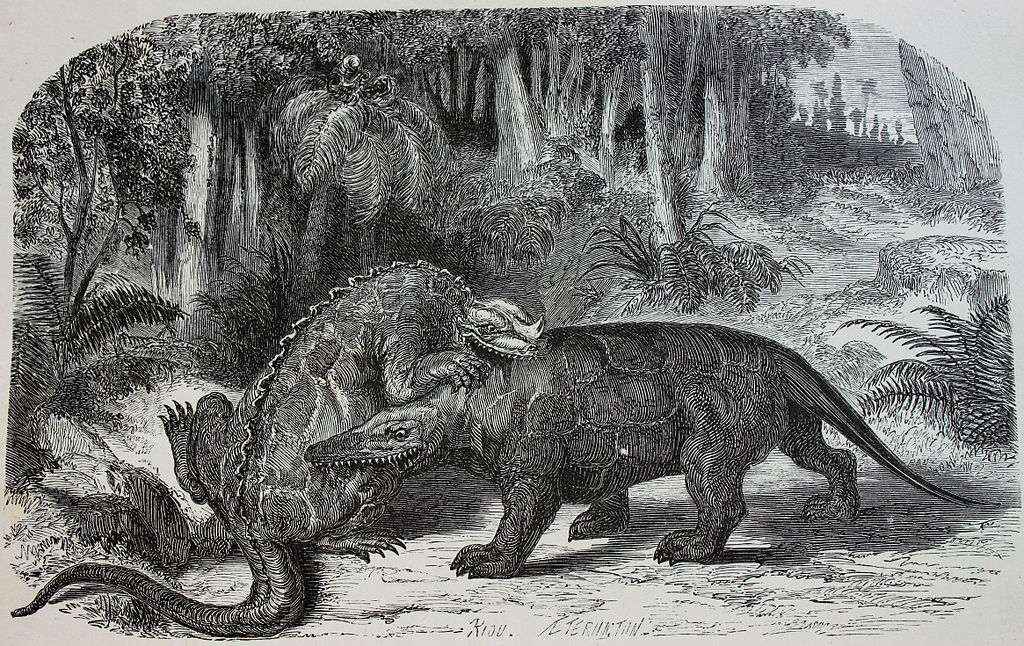
The term “missing link” has historically been used to describe transitional fossils, but modern paleontologists largely avoid this terminology as it promotes several misconceptions about evolution. Evolution doesn’t proceed in a straight line with neat, sequential links in a chain, but rather branches like a bush with multiple lineages diverging from common ancestors. Each discovery of a transitional form doesn’t simply fill a single gap but rather adds to our understanding of the complex branching pattern of evolution. The notion of “missing links” also incorrectly suggests that the fossil record should be complete, when in reality, fossilization is an exceptionally rare event requiring specific conditions. Additionally, this terminology misleadingly implies that evolution progresses toward a predetermined goal, which contradicts the random, non-directed nature of evolutionary processes.
Tiktaalik: The Fish-Tetrapod Transition

Among the most celebrated transitional fossils is Tiktaalik roseae, a 375-million-year-old specimen discovered in the Canadian Arctic in 2004 by paleontologist Neil Shubin and his team. Tiktaalik beautifully illustrates the transition from aquatic fish to terrestrial tetrapods, possessing both fish-like features such as scales and fins alongside tetrapod characteristics including primitive wrist bones, ribs, and a neck. Its fin bones show an arrangement that presages the development of digits, while its unique shoulder structure allowed it to prop itself up in shallow water environments. Tiktaalik’s skull had a flattened shape with eyes positioned on top, suggesting it lived in shallow waters where it could look up at potential prey or predators. This remarkable fossil helps scientists understand how vertebrates made the monumental transition from water to land, representing a crucial piece in our evolutionary story.
Archaeopteryx: Bridging Dinosaurs and Birds
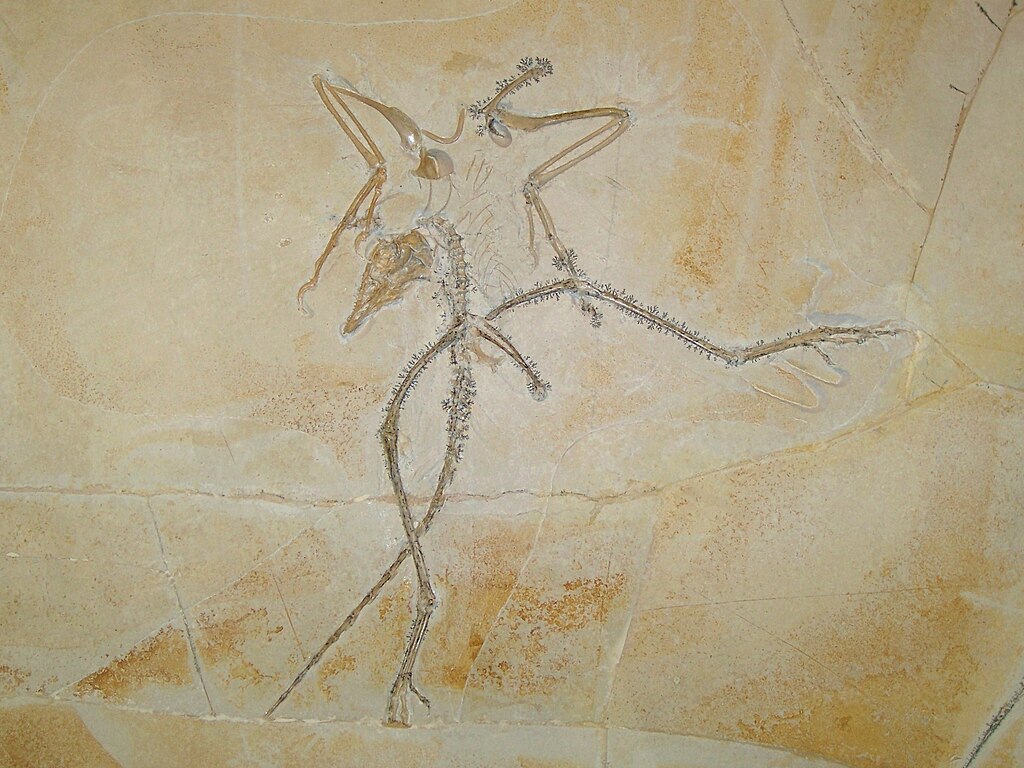
Archaeopteryx lithographica stands as one of the most iconic transitional fossils ever discovered, first unearthed in the Solnhofen limestone of southern Germany in 1861, just two years after Darwin published “On the Origin of Species.” Dating back approximately 150 million years to the Late Jurassic, this crow-sized creature displays an extraordinary blend of dinosaur and bird characteristics. Its dinosaurian features include teeth, a long bony tail, and three-fingered claws on each wing, while its avian traits include feathers preserved in exquisite detail and a furcula (wishbone). The brain structure of Archaeopteryx shows enlargement in regions associated with flight in modern birds, though its flight capabilities were likely limited compared to modern avians. This remarkable fossil has been instrumental in establishing the evolutionary link between theropod dinosaurs and modern birds, helping to demonstrate that birds are, in fact, living dinosaurs.
Ambulocetus: Whales’ Journey Back to Water
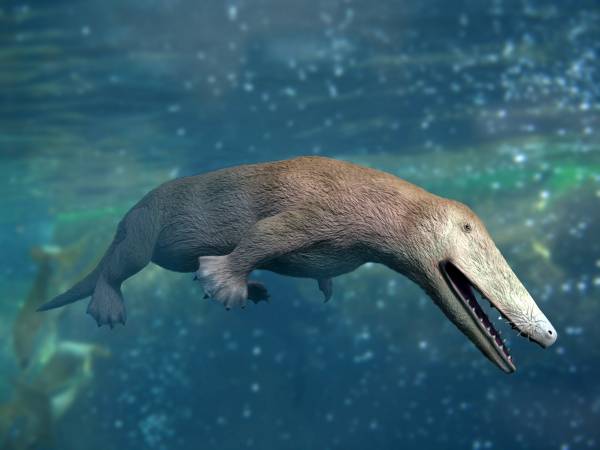
Ambulocetus natans, whose name aptly means “walking whale that swims,” represents a remarkable transitional form in the evolution of cetaceans from land mammals back to fully aquatic creatures. Discovered in Pakistan and dating to approximately 49 million years ago during the early Eocene epoch, this wolf-sized creature exhibited characteristics of both terrestrial mammals and aquatic whales. Ambulocetus possessed robust legs capable of supporting its weight on land, yet its feet were unusually large and likely webbed, adaptations suited for swimming. Its tail lacked the flukes seen in modern whales, suggesting it swam with an undulating, otter-like motion using its hind limbs for propulsion. The creature’s ear structures show adaptations beginning to specialize for underwater hearing, while its teeth resemble those of both terrestrial carnivores and primitive whales. Ambulocetus demonstrates how whales’ ancestors gradually transitioned from land-dwelling mammals to the fully aquatic cetaceans we know today, documenting one of evolution’s most dramatic habitat shifts.
Human Evolution’s Transitional Forms
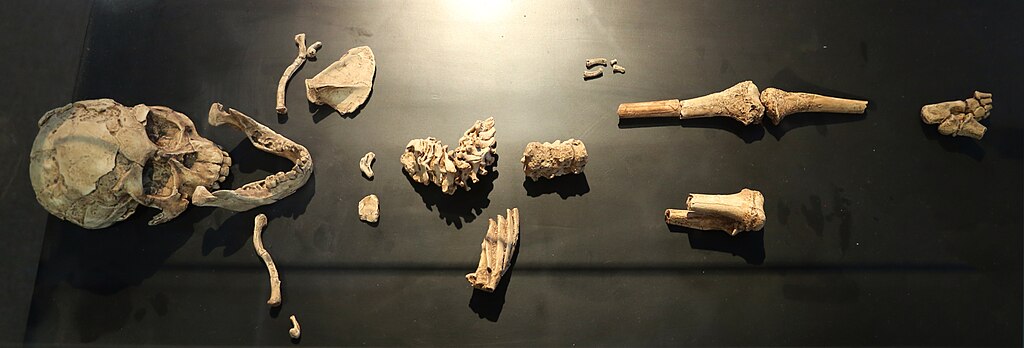
The fossil record of human evolution contains numerous transitional forms documenting our lineage’s progression from ape-like ancestors to modern Homo sapiens. Australopithecines like Lucy (Australopithecus afarensis) exhibit a fascinating mosaic of traits, including relatively small brains similar to apes but bipedal locomotion like humans. Homo habilis represents another crucial transitional form, showing increased brain size and the first evidence of stone tool production, bridging the gap between australopithecines and later Homo species. Homo erectus exhibits even more human-like characteristics, including a larger brain, reduced facial prognathism, and body proportions approaching those of modern humans. Neanderthals and Denisovans represent more recent transitional forms, showing both similarities to and differences from modern humans in their anatomy and genetic makeup. Each discovery in human paleontology adds to our understanding of the complex, branching nature of hominin evolution, revealing that our lineage, like all others, progressed through numerous transitional forms rather than in a simple, linear fashion.
The Fish-to-Amphibian Transition
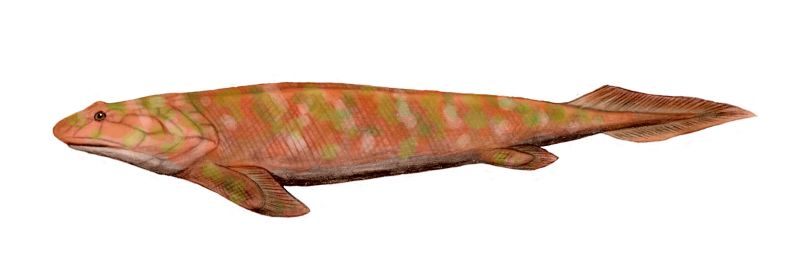
The transition from fish to the first tetrapods (four-limbed vertebrates) represents one of the most significant evolutionary events in vertebrate history, occurring approximately 370-360 million years ago during the Devonian period. This transition is documented by a series of remarkable fossils beyond just Tiktaalik, including Panderichthys, Acanthostega, and Ichthyostega, each showing different stages in the development of tetrapod features. Panderichthys resembled a flattened fish with strengthened fins and air-breathing capabilities, representing an early stage in the transition. Acanthostega, while capable of limited terrestrial movement, retained fish-like features including gills and eight digits on each limb rather than the five that became standard in later tetrapods. Ichthyostega showed further terrestrial adaptations with stronger limbs capable of supporting its weight out of water, though it likely still spent significant time in aquatic environments. Together, these fossils document the gradual accumulation of adaptations that enabled vertebrates to colonize land, fundamentally altering Earth’s ecosystems and setting the stage for the evolution of amphibians, reptiles, birds, and mammals.
Reptile-to-Mammal Transitions
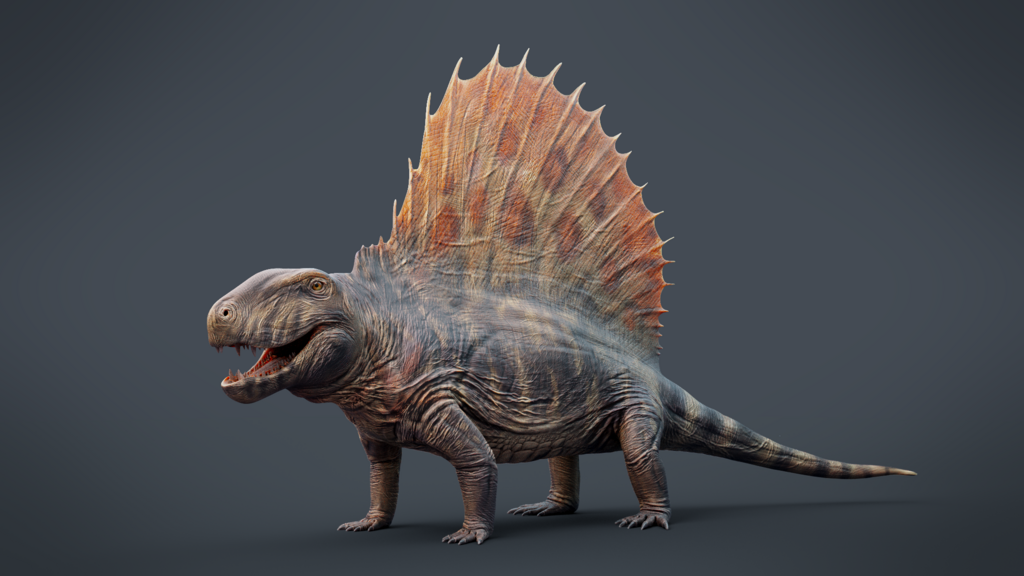
The evolution of mammals from reptilian ancestors is extensively documented through numerous transitional fossils collectively known as “mammal-like reptiles” or, more accurately, “non-mammalian synapsids.” This transition occurred over approximately 100 million years, beginning in the late Carboniferous period around 305 million years ago. Early synapsids like Dimetrodon show the first steps toward mammalian anatomy with a specialized opening in the skull (the synapsid opening) and differentiated teeth. Later forms such as cynodonts developed increasingly mammalian characteristics, including a secondary palate allowing simultaneous breathing and eating, enlarged brain cases, and modifications to the jaw joint that would eventually become the middle ear bones of mammals. The transformation of reptilian jaw bones into mammalian ear bones represents one of the most elegant examples of evolutionary repurposing, with several transitional fossils showing intermediate stages in this remarkable transformation. This well-documented transition culminated in the emergence of true mammals during the Triassic period, demonstrating how major new groups can evolve through a series of incremental changes over millions of years.
Transitional Fossils and Evolutionary Theory
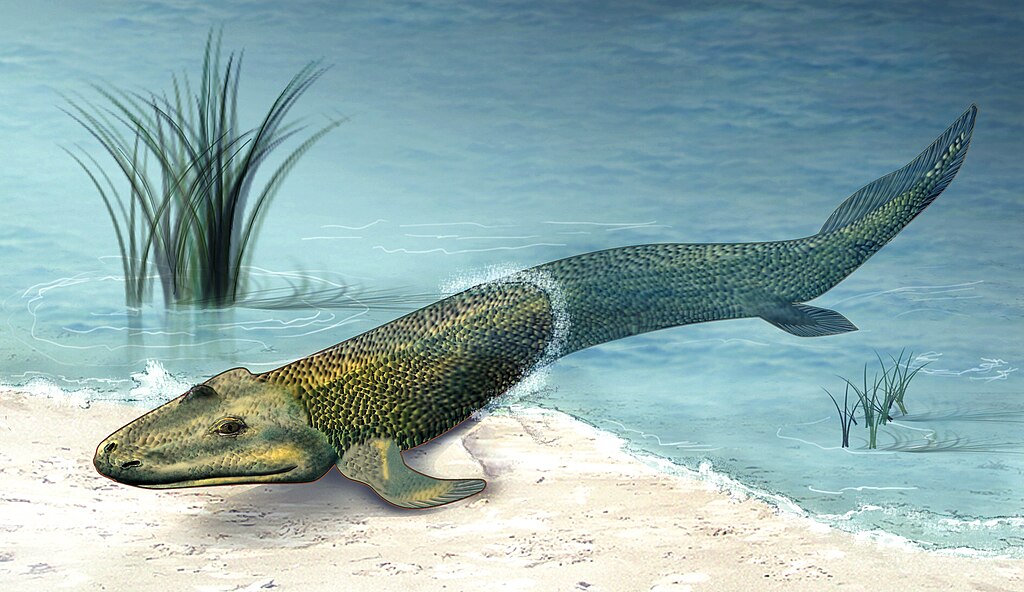
Transitional fossils provide crucial empirical evidence supporting evolutionary theory, fulfilling predictions made by Darwin long before many of these specimens were discovered. These fossils demonstrate the gradual nature of evolutionary change, showing how structures can be modified over time through natural selection acting on variation within populations. They directly challenge notions of special creation by illustrating clear morphological continuity between different taxonomic groups. Transitional fossils also support the principle of common descent, showing how seemingly disparate modern groups share ancestral connections through intermediate forms. While creationists often dismiss transitional fossils as either “fully one type or another,” the mosaic of characteristics seen in specimens like Archaeopteryx or Tiktaalik defies such simplistic categorization. Importantly, the chronological ordering of transitional fossils in the geologic record aligns perfectly with predictions based on evolutionary relationships, with more ancient strata containing more primitive forms and newer strata showing more derived features.
How Transitional Fossils Are Identified

Identifying transitional fossils involves rigorous comparative anatomy, geological dating, and phylogenetic analysis to establish their intermediate position between known groups. Paleontologists examine morphological features in detail, looking for specific combinations of primitive (ancestral) and derived (novel) characteristics that place the specimen between established taxonomic groups. Anatomical characteristics must be carefully evaluated to distinguish genuine transitional features from convergent evolution, where similar traits evolve independently in unrelated lineages. Geological context provides crucial temporal data, as genuine transitional forms should appear in strata consistent with their proposed evolutionary position—neither too early nor too late in the fossil record. Modern analyses often incorporate cladistic methods, using computer algorithms to determine the most parsimonious placement of fossils within evolutionary trees based on shared derived characteristics. Additionally, when available, molecular data from ancient DNA can complement morphological evidence, though this is generally only possible for relatively recent specimens.
Common Misconceptions About Transitional Fossils
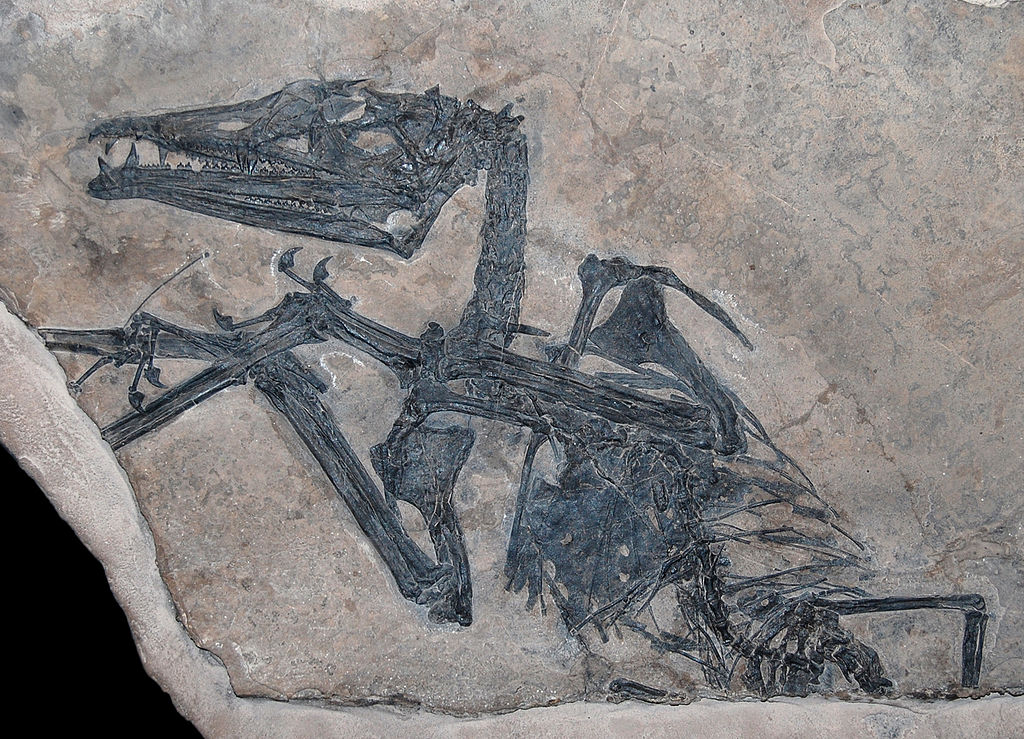
Despite their scientific importance, transitional fossils are frequently misunderstood, especially in public discourse around evolution. One common misconception is that transitional forms should appear “half-formed” or incomplete, when in reality, each represents a fully functional organism adapted to its specific environment. Another misunderstanding stems from the expectation that the fossil record should contain an unbroken series of intermediate forms between all species, failing to account for the exceptionally rare conditions required for fossilization. Some critics mistakenly claim that no transitional fossils exist, ignoring the abundant examples recognized by the scientific community. The misconception that transitional forms represent direct ancestors rather than “cousins” on side branches reflects a misunderstanding of how evolution works through complex branching patterns. Finally, the notion that the discovery of transitional fossils is rare or unusual contradicts the reality that paleontologists have uncovered thousands of specimens documenting evolutionary transitions across many different lineages.
The Significance of Living Transitional Forms
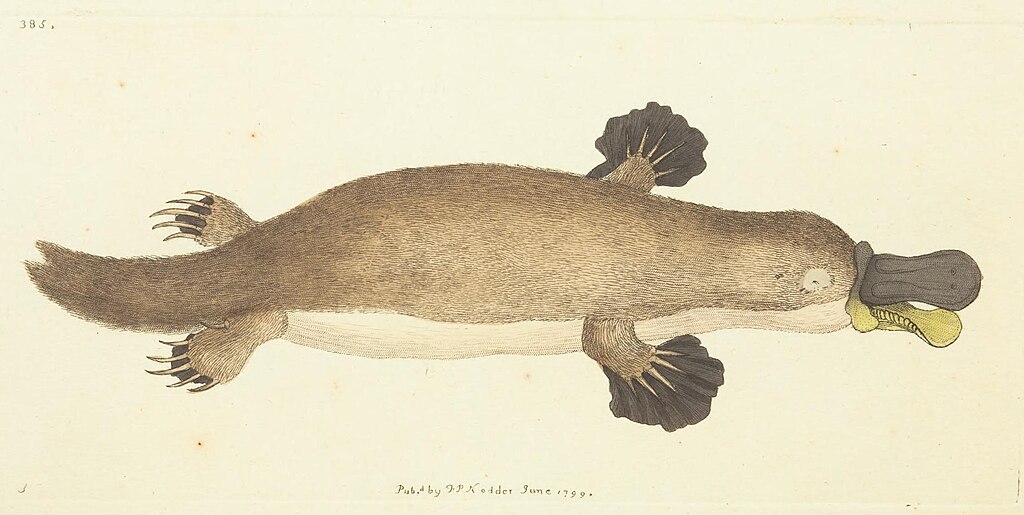
While fossilized transitional forms provide windows into evolution’s past, numerous extant organisms also display transitional characteristics that illuminate evolutionary processes. The platypus stands as a remarkable living example, combining mammalian traits like fur, milk production, and endothermy with reptilian characteristics including egg-laying and a reptile-like shoulder girdle. Lungfish represent another significant living transitional group, possessing both gills for aquatic respiration and primitive lungs that allow them to survive in oxygen-depleted water or even temporary terrestrial conditions. The hoatzin bird features clawed wings in its juvenile stage, echoing its dinosaurian ancestry and recapitulating aspects of the reptile-to-bird transition. Modern amphibians, with their water-dependent reproduction and metamorphic life cycles, continue to demonstrate characteristics of the fish-tetrapod transition. These living transitional forms complement the fossil record, demonstrating how intermediate features persist when they remain advantageous in particular ecological niches, and providing scientists with opportunities to study transitional anatomical structures in living tissue rather than just mineralized remains.
Why Gaps Still Exist in the Fossil Record
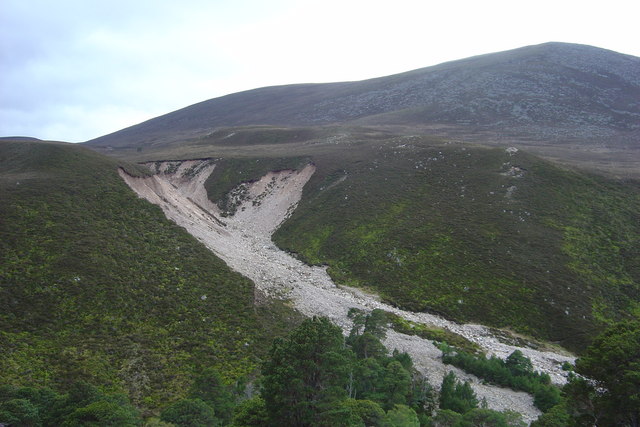
Despite the discovery of numerous transitional fossils, gaps inevitably remain in our understanding of evolutionary history due to the inherent limitations of fossilization processes. Fossilization requires specific conditions that rarely occur in nature, including rapid burial in oxygen-poor environments that prevent decomposition, making the fossil record inherently incomplete. Certain environments, such as acidic forest floors or high-energy coastlines, rarely preserve fossils, creating systematic gaps in our knowledge of organisms that primarily inhabited these settings. Many organisms, particularly those with soft bodies lacking mineralized structures like bones or shells, fossilize exceptionally rarely, leaving significant gaps in our understanding of their evolution. Additionally, geological processes like erosion, subduction, and metamorphism have destroyed countless fossils over time, further limiting what we can recover. While these gaps present challenges, they represent opportunities for future discoveries rather than evidence against evolution, as each new fossil find helps illuminate previously unknown aspects of life’s history.
The Future of Transitional Fossil Research

The field of transitional fossil research continues to advance rapidly, driven by new discoveries, innovative technologies, and interdisciplinary approaches. Advanced imaging techniques like micro-CT scanning allow scientists to examine internal structures of fossils non-destructively, revealing previously hidden anatomical details that clarify evolutionary relationships. Paleogenomics, the study of ancient DNA, increasingly complements morphological analyses of more recent transitional fossils, providing molecular evidence of evolutionary relationships. New fossil hunting expeditions target previously unexplored regions, particularly in Africa and Asia, where many major evolutionary transitions occurred. Computational approaches, including 3D modeling and biomechanical analysis, help scientists understand how transitional forms moved and functioned, providing insights into the selective pressures driving evolutionary changes. Climate models integrated with fossil data allow researchers to better understand how environmental changes influenced evolutionary transitions. As these technologies and approaches continue to develop, our understanding of life’s transitional forms will undoubtedly grow more sophisticated, filling in remaining gaps and providing an increasingly detailed picture of evolution’s remarkable journey.
Conclusion

Transitional fossils stand as compelling physical evidence of evolution’s gradual, transformative power across deep time. From fish-like tetrapods pulling themselves onto ancient shorelines to feathered dinosaurs taking to the air, these remarkable specimens document the incremental steps through which major biological innovations emerged. They challenge simplistic notions about the fossil record and demonstrate the predictive power of evolutionary theory. Each new discovery adds detail to our understanding of life’s complex history, revealing the interconnectedness of all living things through shared ancestry. As research methods continue to advance, transitional fossils will undoubtedly yield even more insights into evolutionary processes and patterns. In their silent testimony, preserved in stone for millions of years, these ancient creatures tell a story more magnificent than any myth—the authentic, evidence-based narrative of life’s astounding journey across the eons.

